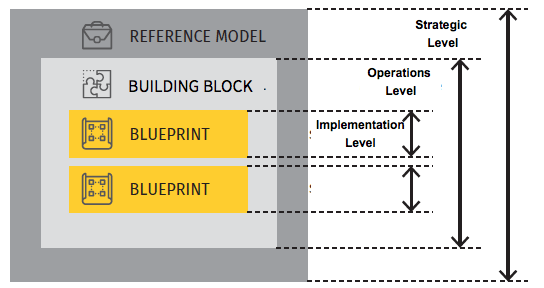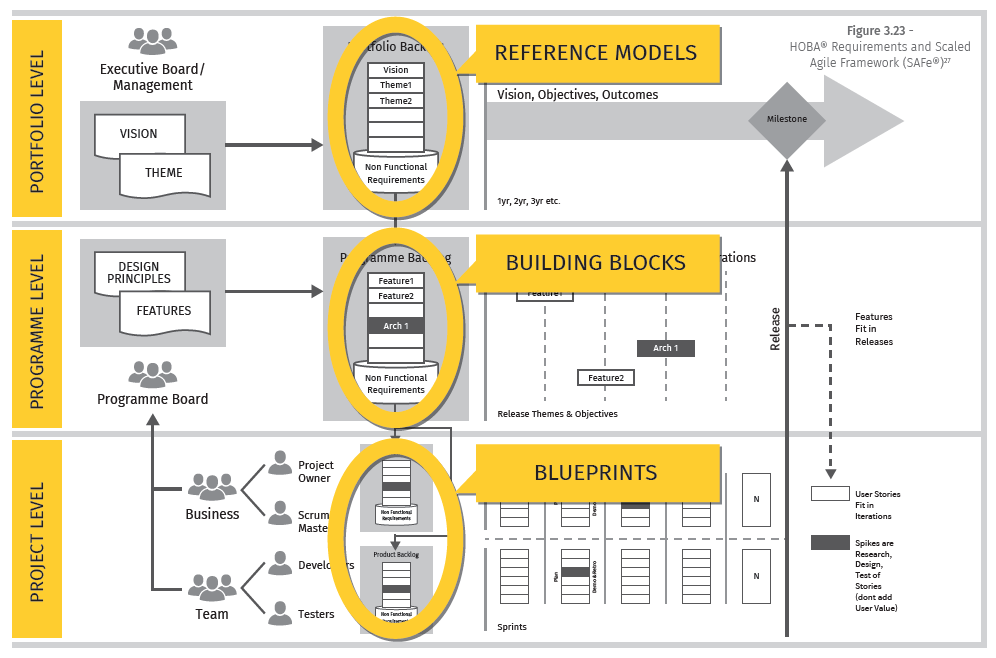What are the signs your business transformation is in trouble?
You might have missed a deadline but this isn’t bad.
What’s worse is noticing problems with your business transformation when it’s already too late.
And in today’s post we’ll go more in-depth and discuss the warning signs you need to know.
What Are The Signs Your Business Transformation Is In Trouble?
The warning signs are what we call as “lagging indicators.”
They report events after its happened.
For example, CPI (Consumer Price Indices) in most developed countries rely on lagging indicators to determine the direction of inflation, but this happens after the economy has moved in that direction.
Instead of lagging indicators, what you need is leading indicators.
This predicts whether the different aspects of the Business Architecture will be in place.
But, just because you might have defined some Business Architecture requirements, not all Business Architecture requirements are created equal, and not all applicable to every stakeholder, so you just can’t say ‘we have defined the Business Architecture requirements’.
Business Architecture requirements are broken down from high level to detailed.
For example, Senior stakeholders (C-suite or department heads) are interested in the ‘strategic’ concerns, the Operations leads and officers are interested in ‘operation’ concerns, and IT is likely interested in the ‘detailed’ implementation requirements.
Business Architecture requirements are also decomposed from high level to low level in a similar fashion:

The Reference Models are the strategic level requirements that are agreed at the portfolio level-across the organisation or enterprise. This ensures that the organisation’s strategic level are in agreement.
We discussed in our blog post about steps to business transformation, HOBA is made up of 6 reference models.
This includes the following:
- Business Motivation Model
- Governance Model
- Current Operating Model
- Benefits Model
- Target Operating Model
- Road Map Model
On the other hand, Building Blocks (which make up and represent a specific aspect of Reference Models) capture the programme level requirements.
As a Business Architect, Building Blocks are where a good percentage of your time is spent in activities like gathering information, speaking with stakeholders, validating requirements, negotiating trade-offs and capturing appropriate deliverables, at the Operations level.
This ensures that the organisation is in agreement with regards to the deliverables at the operational level.
Building Blocks are composed of Blueprints that collectively describe a specific view or perspective of the Organisation.
Building Blocks are composed of Blueprints that collectively describe a specific view or perspective of the Organisation.
Heath Gascoigne Tweet
The Blueprints outline how to implement the Target Operating Model (TOM), to ensure that stakeholder concerns are addressed, the TOM is implemented and the Business Benefits are realised as planned.
Since the ‘guesswork’ is removed at this level, Business Architects can focus on the design of the TOM to meet the needs of the Organisation and manage the alignment of the of the TOM’s implementation with its design.
Here’s an illustration that visually describes reference models, building blocks and blueprints:

The leading indicator that your business transformation is in trouble is when you can’t identify your Business Architecture requirements like Reference Models, Building Blocks and Blueprints.
The relationship and alignment from the top of the organisation to the strategic level, portfolio level, operations level and implementation level – isn’t clear.
Meaning you might introduce changes in the business or IT level that aren’t up to par with the operations or strategy level requirements and vice versa.
You might ultimately end up delivering something that isn’t wanted or needed, or not on time or not at all.
By this time, you’re already too late and you’re definitely in trouble.
Thank you for reading this!
Sincerely,
Heath Gascoigne
P.S. If you want to join our Business Transformator community of like-minded Business Transformators, join the community on the Business Transformator Facebook Group here.
P.P.S. If you want to learn more about business transformation, check out The Business Transformation Playbook here.
For more information, visit https://hoba.tech












